Nine-Stage Evaluation of Coated Specimens Subjected to Corrosive Environments
Nine-Stage Evaluation of Coated Specimens Subjected to Corrosive Environments
This nine stage test method covers the treatment of previously painted or coated specimens for accelerated and atmospheric exposure tests and their subsequent evaluation in respect to corrosion, blistering associated with corrosion, loss of adhesion at a scribe mark, or other film failure.
Stage One – ASTM D1654
In preparation of the following tests ten identical steel panels with ten different rust resistant coating were scribed with a blade to the bare metal.
Stage Two – ASTM G153
The use of this apparatus is intended to induce property changes associated with the end use conditions, including the effects of sunlight, moisture, and heat. These exposures may include a means to introduce moisture to the test specimen. Exposures are not intended to simulate the deterioration caused by localized weather phenomena, such as atmospheric pollution, biological attack, and saltwater exposure. Alternatively, the exposure may simulate the effects of sunlight through window glass. Typically, these exposures would include moisture in the form of humidity.
Stage Three – ASTM D2337
This test method covers the determination of the extent to which multicolor lacquers resist coagulation and coalescence when subjected to freezing and subsequent thawing.
Stage Four – ASTM B117
This practice covers the apparatus, procedure, and conditions required to create and maintain the salt spray (fog) test environment. Suitable apparatus which may be used is described in Appendix X1.
Stage Five – ASTM D870
This practice covers the basic principles and operating procedures for testing water resistance of coatings by the partial or complete immersion of coated specimens in distilled or de-mineralized water at ambient or elevated temperatures. Although the apparatus and procedure could be employed in immersion tests using solutions of various materials in water, this practice is limited to tests in water alone.
Stage Six – ASTM D4060
This test method covers the determination of the resistance of organic coatings to abrasion produced by the Taber Abraser on coatings applied to a plane, rigid surface, such as a metal panel.
Stage Seven – ASTM D522
These test methods cover the determination of the resistance to cracking (flexibility) of attached organic coatings on substrates of sheet metal or rubber-type materials.
Stage Eight – ASTM D2794
This test method covers a procedure for rapidly deforming by impact a coating film and its substrate and for evaluating the effect of such deformation.
Stage Nine – ASTM D3359
These test methods cover procedures for assessing the adhesion of coating films to metallic substrates by applying and removing pressure-sensitive tape over cuts made in the film.
Final Results
 |
|
||||||||||||||||||||||||||||||||
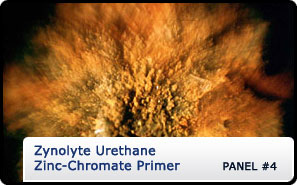
The Rust Bullet panel has slight blistering and undercutting along the scribe lines and none around the hole or the edges. There is slight discoloration and some loss of gloss retention. |
-
facebook
-
YouTube



Outside of US: 1-775-829-5606
Toll Free: 1-800-245-1600
Canada Toll Free: 1-800-789-3993
Email: Support@RustBullet.com
Monday-Friday 8:30am to 5:00pm PST
300 Brinkby Ave., Suite 200
Reno, NV 89509
USA
© 2025 Rust Bullet, LLC. All Rights Reserved.
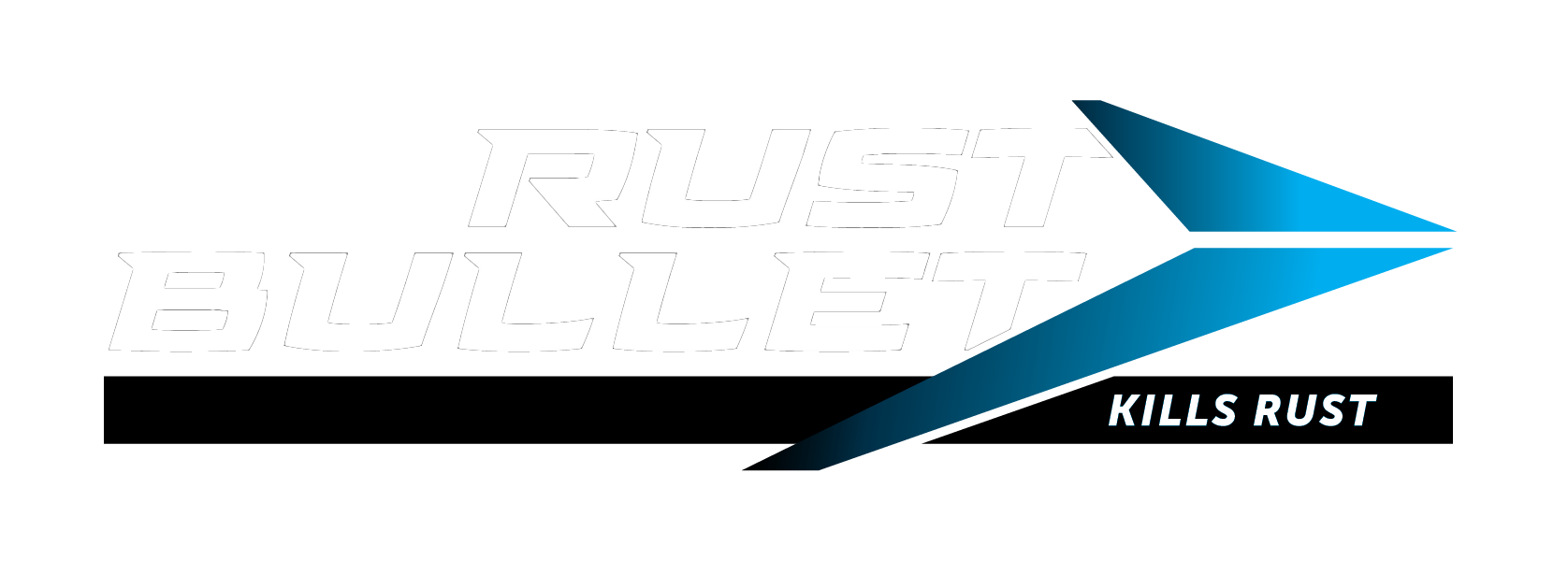

 Panel #1
Rust-Oleum Rust Metal Primer
Panel #1
Rust-Oleum Rust Metal Primer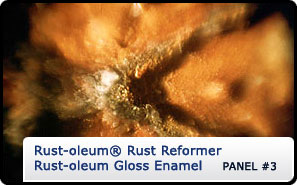 Panel #3
Rust-oleum Rust Reformer
Panel #3
Rust-oleum Rust Reformer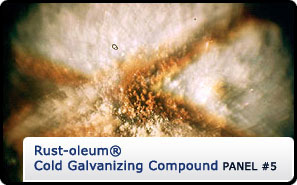 Panel #5
Rust-oleum Cold Galvanizing
Panel #5
Rust-oleum Cold Galvanizing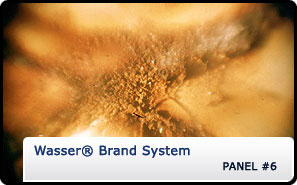 Panel #6
Wasser Brand Sysyem
Panel #6
Wasser Brand Sysyem Panel #7
Navel Jelly Rust Neutralizer
Panel #7
Navel Jelly Rust Neutralizer Panel #8
POR-15 System
Panel #8
POR-15 System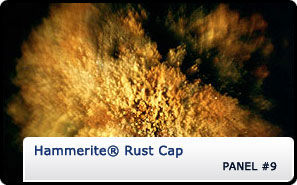 Panel #9
Hammerite Rust Cap
Panel #9
Hammerite Rust Cap Panel #10
Control Panel
Panel #10
Control Panel